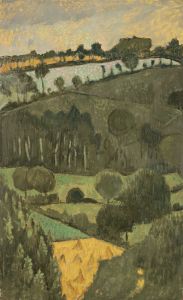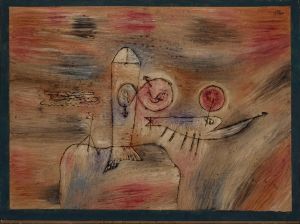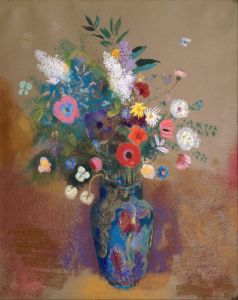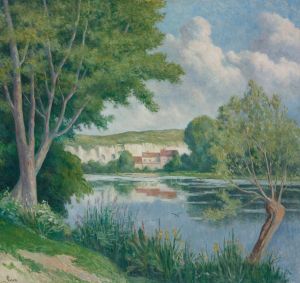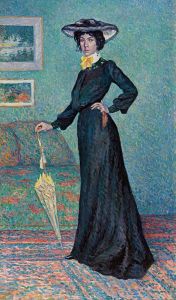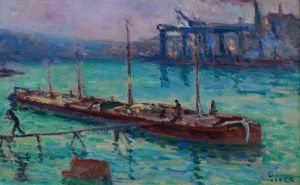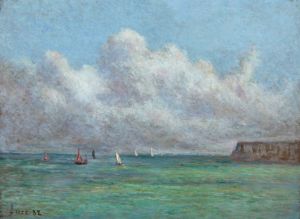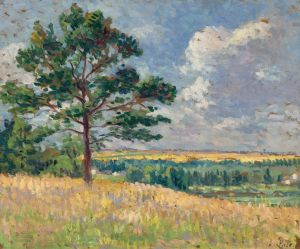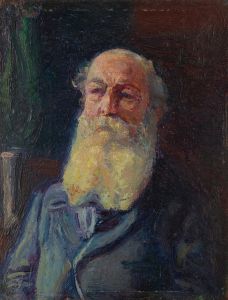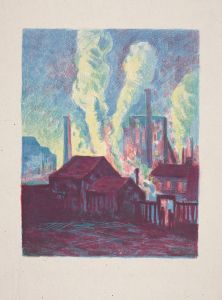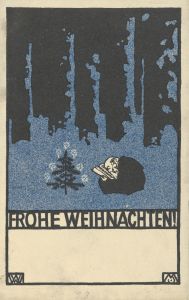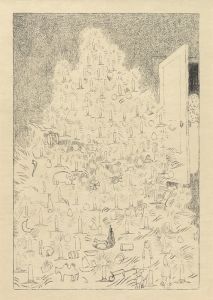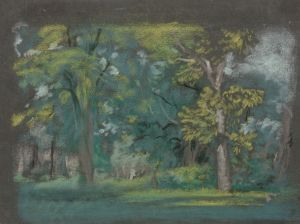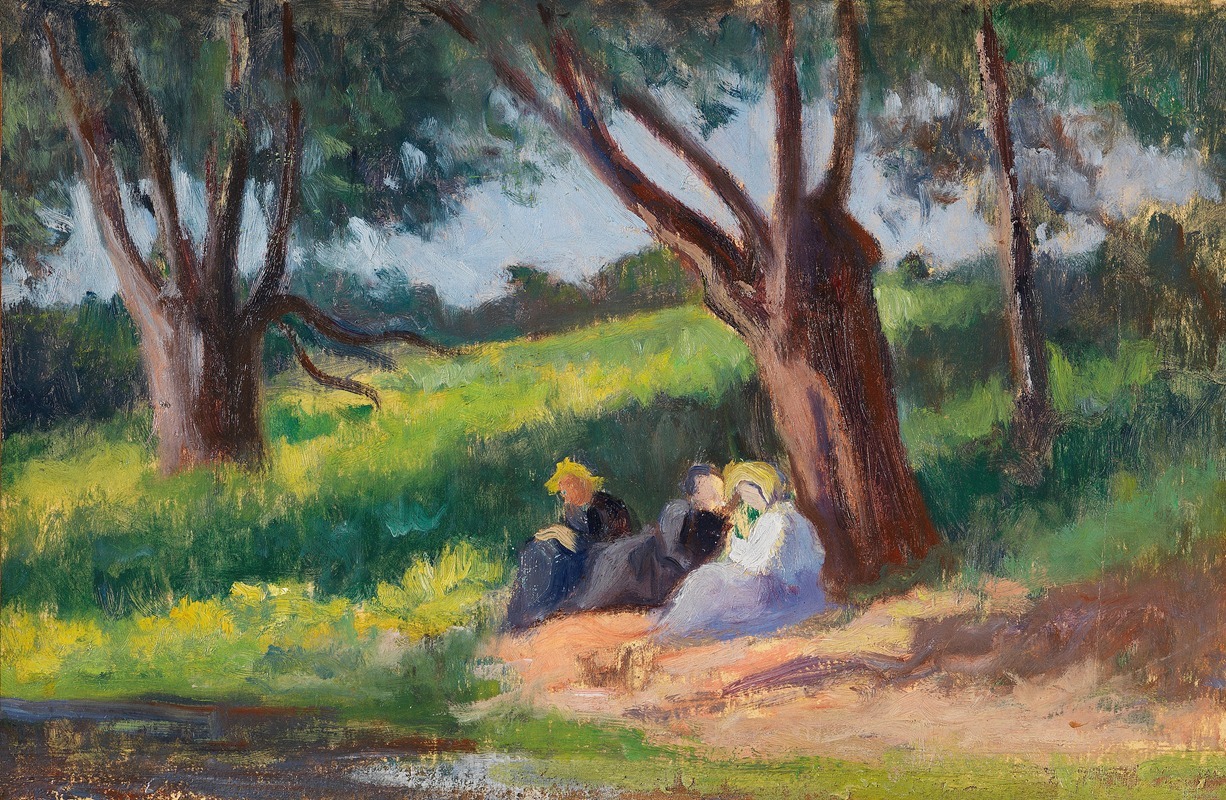
Sous L´arbre Rolleboise
A hand-painted replica of Maximilien Luce’s masterpiece Sous L´arbre Rolleboise, meticulously crafted by professional artists to capture the true essence of the original. Each piece is created with museum-quality canvas and rare mineral pigments, carefully painted by experienced artists with delicate brushstrokes and rich, layered colors to perfectly recreate the texture of the original artwork. Unlike machine-printed reproductions, this hand-painted version brings the painting to life, infused with the artist’s emotions and skill in every stroke. Whether for personal collection or home decoration, it instantly elevates the artistic atmosphere of any space.
Maximilien Luce was a prominent French Neo-Impressionist artist known for his paintings, illustrations, and engravings. Born in Paris in 1858, Luce became associated with the Neo-Impressionist movement, which was characterized by the use of pointillism—a technique involving the application of small, distinct dots of color to form an image. This movement was pioneered by Georges Seurat and Paul Signac, and Luce became one of its key figures.
"Sous L'arbre, Rolleboise" is one of Luce's works that exemplifies his mastery of light and color, as well as his dedication to capturing the essence of a scene through the Neo-Impressionist technique. Rolleboise is a small village located in the Île-de-France region, not far from Paris. It is known for its picturesque landscapes and serene environment, which have inspired many artists over the years. Luce spent a significant amount of time in Rolleboise, and the village became a recurring subject in his work.
In "Sous L'arbre, Rolleboise," Luce captures a tranquil scene under a tree, likely depicting the natural beauty and peacefulness of the rural setting. The painting reflects Luce's skillful use of color and light to convey the atmosphere of the scene. His technique involves the careful placement of individual brushstrokes of pure color, which blend in the viewer's eye to create a harmonious and vibrant image. This method allows for a dynamic interplay of light and shadow, giving the painting a sense of depth and movement.
Luce's work often focused on everyday scenes and landscapes, and he had a keen interest in the effects of light and atmosphere. His paintings are noted for their vibrant colors and the way they capture the changing qualities of light throughout the day. In "Sous L'arbre, Rolleboise," Luce likely aimed to depict the quiet beauty of the countryside, inviting viewers to appreciate the simple yet profound aspects of nature.
Throughout his career, Luce was also known for his political activism. He was an anarchist and used his art to express his social and political beliefs. While "Sous L'arbre, Rolleboise" is primarily a landscape painting, Luce's broader body of work often included themes of social justice and the struggles of the working class. His commitment to these ideals is evident in both his art and his involvement in political movements of his time.
Maximilien Luce's contributions to the Neo-Impressionist movement and his unique artistic vision have left a lasting impact on the art world. His ability to capture the essence of a scene through color and light continues to be celebrated by art enthusiasts and scholars alike. "Sous L'arbre, Rolleboise" stands as a testament to Luce's talent and his dedication to portraying the beauty of the natural world.





